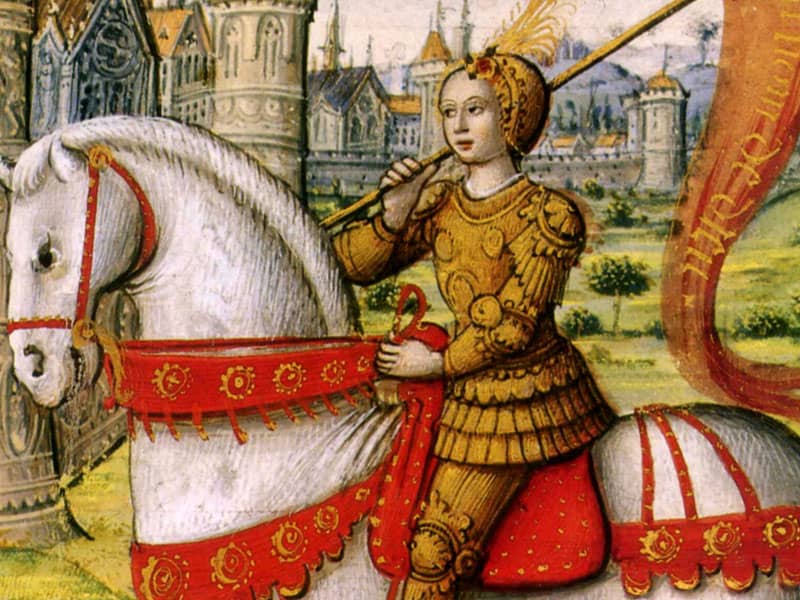 |
 |
 |
 |
| |||
 |
The 82-year-old pope, who suffers from symptoms of Parkinson's disease, was shaded from the scorching sun by a canopy over the altar erected on the steps of St. Peter's Basilica for the 2 1/2 hour ceremony.
Still, John Paul struggled with the heat. As a sign of his frail health, he didn't distribute Communion to any of the faithful, who included a boy whose recovery in 2000 from a meningitis-induced coma in a hospital Pio founded in a southern Italian town was declared a miracle by the Vatican.
The boy's mother had prayed before Pio's tomb in the town of San Giovanni Rotondo for her son's recovery.
To become a saint the Vatican requires certification of two miracles attributed to the figure's intercession after death. One miracle is required for beatification, the last formal step before sainthood, and that came after doctors advising the Vatican concluded there was no scientific explanation for the 1995 recovery of an Italian woman with a chest ailment.
After beatification, a second miracle is required, and the Vatican declared that one was the recovery of the boy.
Also in the crowd was Wanda Poltawska, a friend of the pope's. A few years before Pio's death, the churchman who would become John Paul wrote to the monk, asking for prayers for the woman, a fellow Pole, who was given little chance of surviving cancer.
During his homily, John Paul recalled, how, in 1947, as a young priest he journeyed from Poland to be confessed by Padre Pio, who would hear confessions for hours.
``I, too, had the privilege in my younger days, of taking advantage of his availability in penance,'' the pope said.
For decades, many in the Vatican were made uneasy by his huge popularity and had scorned Padre Pio, doubting his inexplicable wounds were real and that his virtues were authentic. He was banned for years from saying Mass in public, even as his following grew immensely. One high-ranking church official wondered if Pio had deliberately caused his wounds, perhaps by pouring acid on raw skin. Some detractors claimed that Padre Pio had sexual relations with female admirers.
But the process for his sainthood moved rapidly under John Paul II, who has now made 462 saints since 1978 as he tries to give his flock new role models for virtuous lives in trying times.
During Pio's beatification in 1999, the last step before sainthood, John Paul, in a ceremony which drew even more pilgrims, declared that sometimes ``in the history of holiness'' those chosen by God are misunderstood.
On Sunday, John Paul said that Pio's life and mission showed that ``pain and difficulties, if accepted for love, are transformed into a privileged path toward holiness.''
Security was heavy, with police helicopters flying over the area. State radio reported that police sharpshooters were perched on buildings near the square.
At the end of the ceremony, Vatican security men tackled a man who scrambled over a barricade near the altar. He was turned over to Italian police, who detained him but refused to give out any details. The Italian news agency ANSA said the man told police he was hoping to embrace the pope.
Some in the crowd likened the pope to Padre Pio.
``The pope is just like Padre Pio,'' said Giuseppa Esposito, who traveled from Taranto, not far from San Giovanni Rotondo, for the canonization. ``He suffers with God-given strength.''

